ishtartv.com-
World.Mic
Iraq
was once peaceful, believe it or not. Despite Iraq's long history of
violence, there were actually calmer times.
Relative
peace covered most of Iraq for a few decades after it gained independence from
British rule. The Iraq of the 1950s and 1960s had a more collected manner,
albeit with limited violence.
Of
course, it wasn't a time without troubles: In the 1950's, Jews were being
expelled in the north and the decade's turbulence served as a building up of
two upcoming coups.
These
long-forgotten decades came before the looming national violence, Iran and
Iraq divisions, the Persian Gulf War, the U.S. occupation and sweeping deadly conflict.
And
a terrorist group, the Islamic State of Iraq and the Levant (ISIL), came into
the country this year, furthering the devastating destruction in a mission to
establish an Islamic state.
The
last decade of conflict — and prior centuries of violence — in Iraq makes the country
look and sound like a constant war zone. For example, nearly 800 people
were killed last month with 315 killed in the capital city
of Baghdad alone.
However,
photos from the past present Iraq's better times. These images prove
there's more to the country than the violence embedded in Iraqi history. The
people of Iraq and onlookers from around the world deserve a look back on
the country's more peaceful times:
1.
Mosul, 1959
"Smothered
in history, it is yet another place where the past never dies and isn't even
past. And that past goes back to the beginning of civilization," Michael Goldfarb wrote on his time in Mosul.
Mosul
is a highly attractive city within the Nineveh province
that has a vast supply of oil. The city used to be largely known for its
diverse population, hosting people ranging from Arabs, to Kurds, Christians,
Turkmen and Jews.
2.
Kirkuk, 1956
Bordeing
the autonomous independent region of Kurdistan in Iraq, just southeast of Mosul
is a comparable city also known for its oil fields: Kirkuk.
Kirkuk
likewise has disputed relevance to Kurds. but the Kurd population has insisted the city belongs to
their community.
3.
Mosul, 1963
The
beautifully diverse population of Mosul sadly posed an issue for the region and
all of Iraq throughout its history.
However
small, a majority of Jews residing in Mosul went on an exodus to Israel from 1950 to 1955.
Later Saddam Hussein's dictatorship, from the 1970s to 2003, tried to
"Arabize"
the diverse city with massive forced displacement and deadly persecution.
"Iraq
is a failed state because it was unable to meet the diverse needs of a diverse
people. Maybe it's not possible to keep it all together and Mosul could be
where it starts to unravel," Mike Amitay of the Washington Kurdish Institute said.Now Mosul has been under ISIS
control.
4.
Baghdad, 1956
In
the peaceful past, Baghdad was a bustling and growing city. The country was
known as "a main junction linking the East and the West," with a
beautiful and expanding flourishing culture.
A
colorful video from the 1950s shows how the capital once was, and
how it represented the country's possible future. The video presents how
the city stood and lived before the waves of violence, terrorism and
conflict.
5.
Karbala, 1956
South
of Baghdad is Karbala, a teeming metropolis with a deep-seated religious
history. For Shia Muslims, it reaches importance comparable to other holy
sites, such as Mecca and Medina in Saudi Arabia. In this particular photo,
worshippers are seen outside of the Husayn Mosque.
The
beautiful and long-standing mosques are what make the city special. The main
mosque and its complex is known to be right where the Battle
of Karbala occurred in the year 680. Prophet Muhammad's grandson
Hussein and 72 other members of the family were killed in a slaughtering
because of their attempted revolt against a caliph, and now
"the shrine represents the greatest tribute to martyrdom."
As
Karbala settled into a calm in the 1950's and 1960's, Karbala eventually faced
violent experiences with its famed Shia shrines. The mosques were hit in the 90's as part of a revolt against
Saddam Hussein. Another battle of Karbala occurred in the U.S. invasion of Iraq as well.
6.
Baghdad, 1969
hese
photos show a more composed Baghdad. However, the 1950s and 1960s
presented some trouble in the government centers of Iraq.
The
British-instilled Iraqi monarchy was toppled by way of a military coup in 1958. Then the
Republic of Iraq was overthrown
yet again in 1968 in a coup in support of the Baathist Party that was also
backed by the army.
7.
Basra, 1950
Located
at the tip of Iraq, with Iran to the east and Kuwait to the south, is the ever
vibrant city of Basra. Both the Euphrates and Tigris Rivers also meet just
north of Basra and lead right into the Persian Gulf. Because of its location,
Iraqis call it "Thagher el-Iraq," translating into
"Iraq's mouth."
The
region flourished as the University of Basrah was founded in 1964. The
atmosphere of the city once compelled people
to call it "Venice of the East." Sadly, its peace was squashed later
as the country dealt with national violence in the 90's and beyond.
8.
Baghdad, 1967
Even
leading up to the peaceful years of the 1950s and 1960s, violence wasn't a new
concept for Baghdadis.
Iraqi
history author Justin Marozzi said divisive Sunni and Shia conflict hit the capital
city as early as the year 762. It began "a pattern of bloodshed that
can be traced across the centuries." Little did they know that it would
sadly continue from there on out.
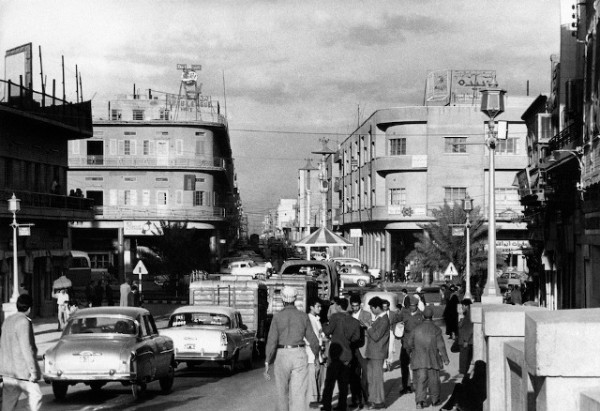
Image Credit: Getty Images. A view of Al Rasheed street in Baghdad, 1956.
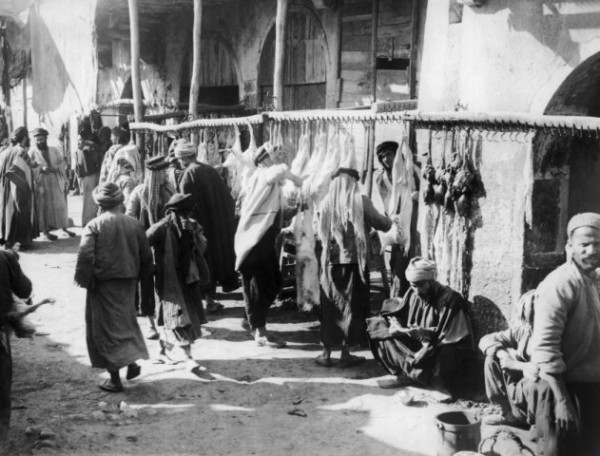
Via: Getty Images- Mosul, 1959
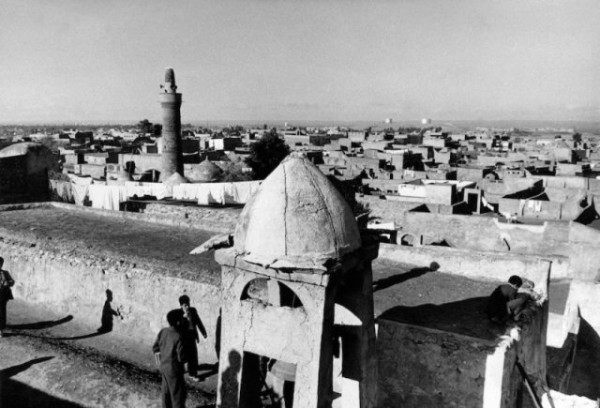
Via: Getty Images- Kirkuk, 1956
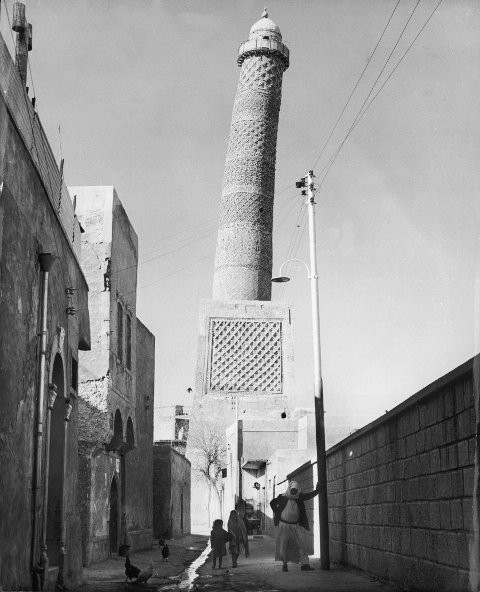
Via: Getty Images- Mosul, 1963
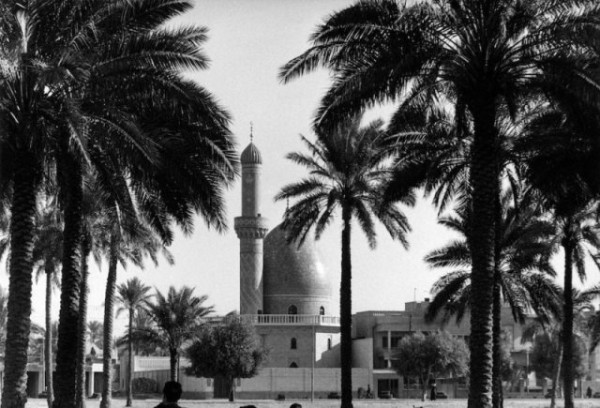
Via: Getty Images- Baghdad, 1956
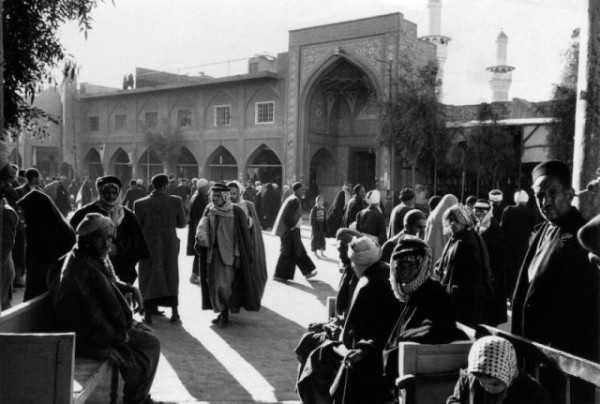
Via: Getty Images- Karbala, 1956
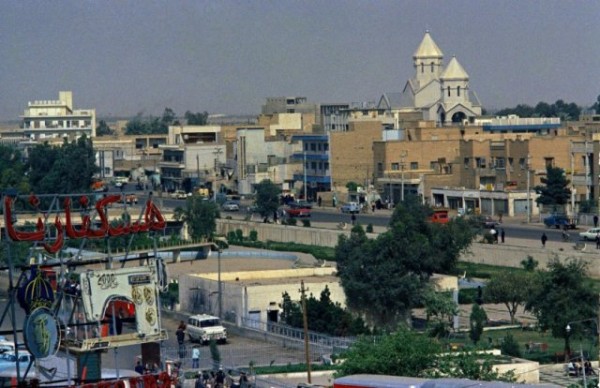
Via: Getty Images- Baghdad, 1969
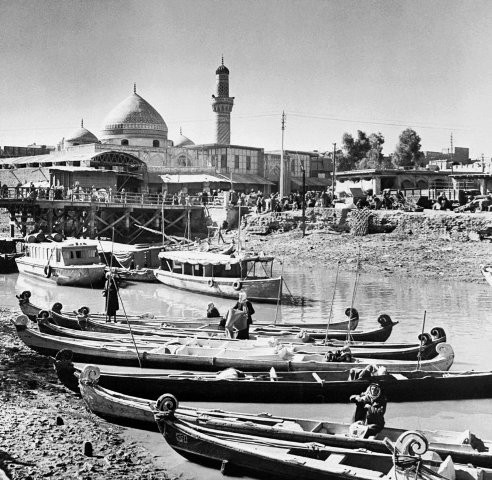
Via: Getty Images- Basra, 1950
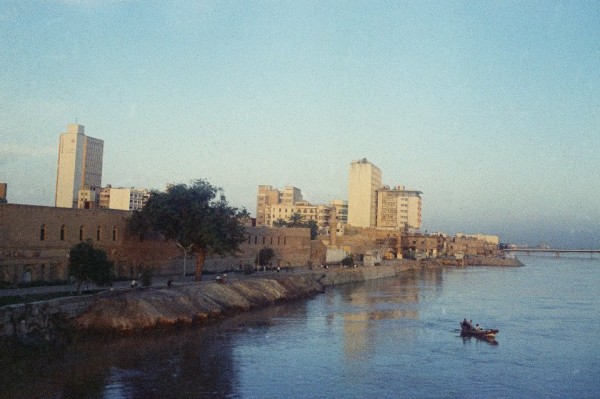
Via: Getty Images- Baghdad, 1967